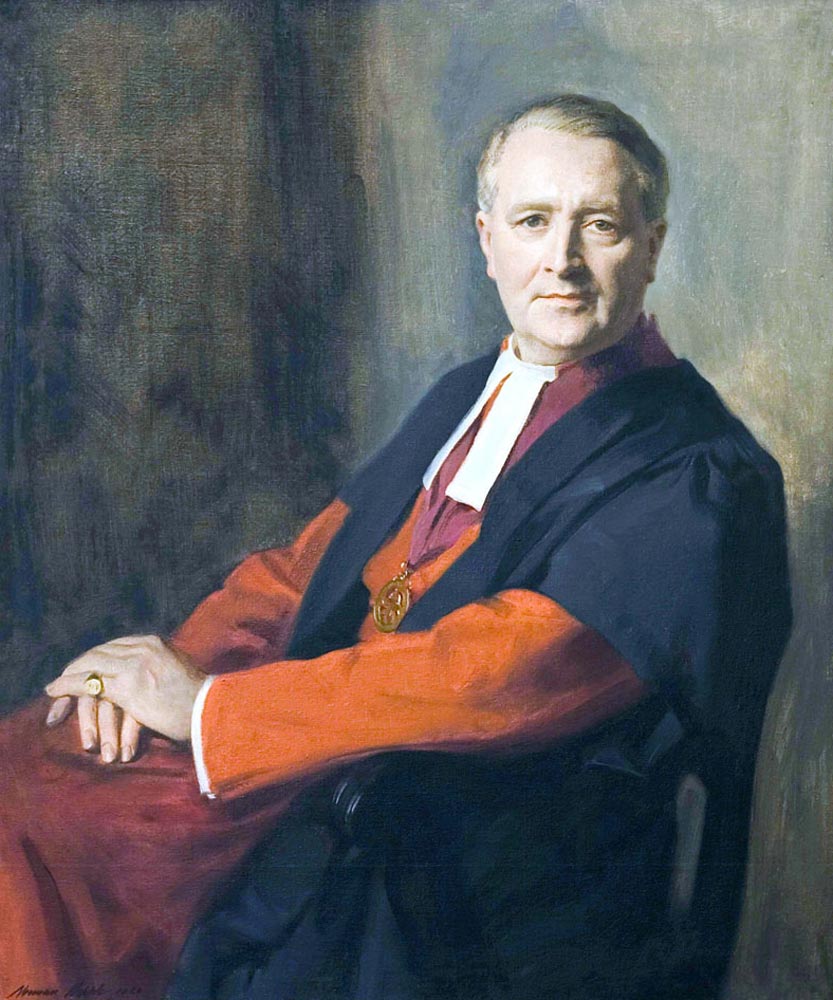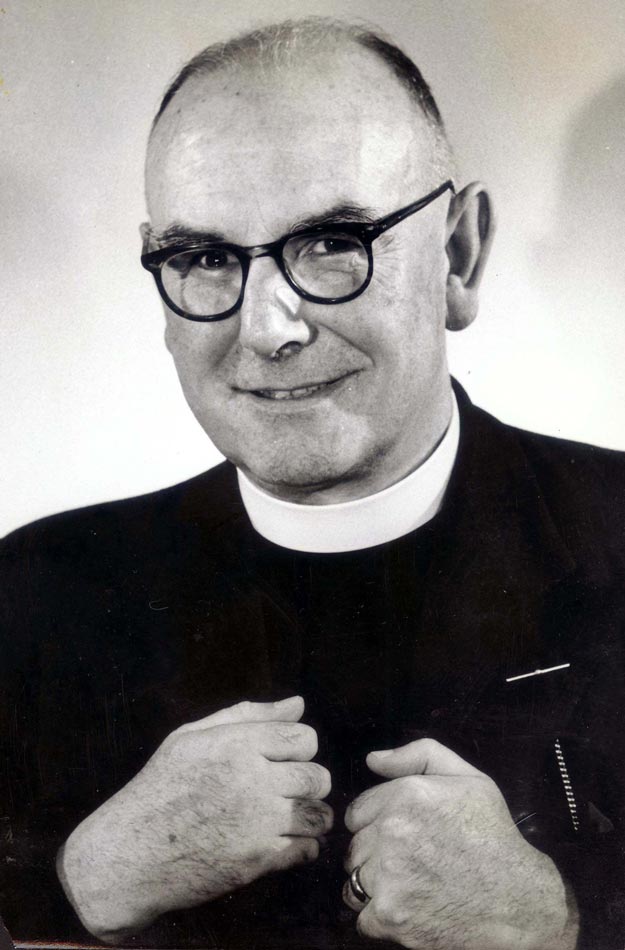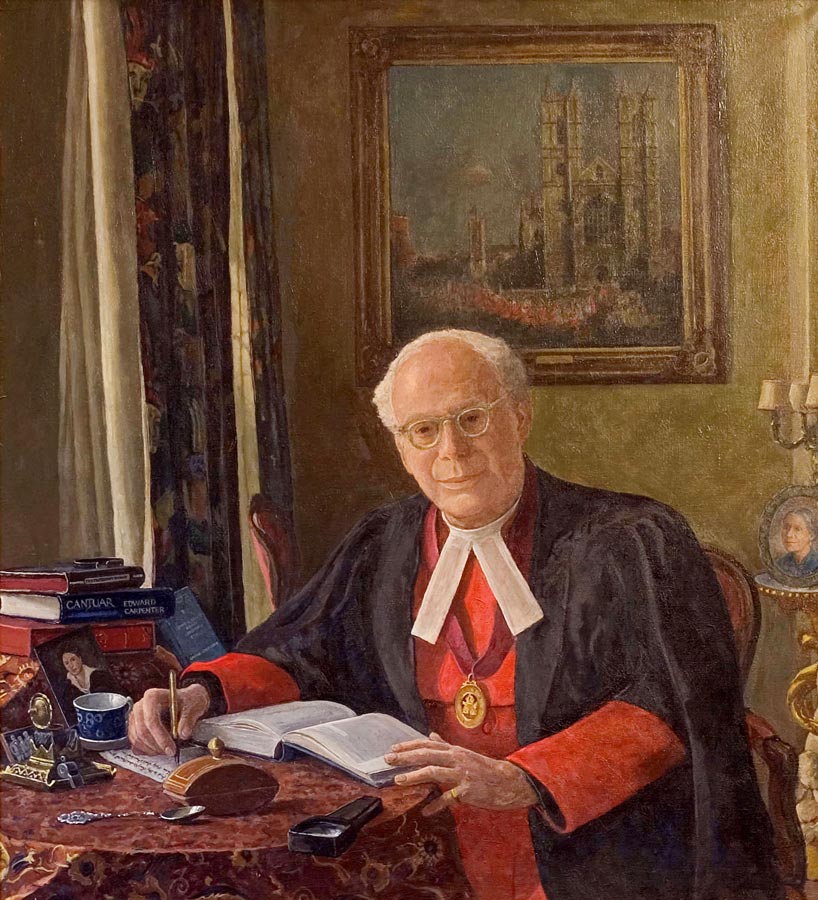Dietrich Bonhoeffer
Dietrich Bonhoeffer was born on 4th February 1906 in Wroclaw (formerly Breslau). A twin, he grew up in a comfortable professional home. His father was an eminent psychiatrist and neurologist. It was nominally a Lutheran, though not a profoundly religious, environment and the young Bonhoeffer caused something of a stir when he announced, at thirteen, that he would go into the church. After school he enrolled as a student at the University of Berlin, the city in which the family now lived and in whose university there gathered a host of brilliant thinkers. Intellectually, Bonhoeffer was striking. But he was determined to expand his horizons, too. At the age of eighteen he went to Rome and was powerfully moved by the Roman Catholic Church. In 1930-1 he studied in New York, at Union Theological Seminary, and regularly attended Services at the Abyssinian Baptist Church. Here too he became increasingly drawn to ecumenism. Three times he made plans to travel to India and visit Gandhi, whose life and teachings he found compelling.
In 1933 the leader of the radical, racialist Nazi Party, Adolf Hitler, became chancellor and then dictator of Germany. In power, the Nazi movement sought to create a new totalitarian state: the Third Reich. Bonhoeffer saw Nazism to be a counter-religion and a danger to Christianity. He became an active participant in the dispute which broke out in the Protestant churches between those who sympathized with Nazism and those who sensed that the new politics threatened the integrity of the church. In October 1933 Bonhoeffer moved to England to be pastor to two German-speaking parishes in the London area. Here he searched for allies and met his greatest British advocate, Bishop Bell of Chichester.
Watch: Dietrich Bonhoeffer sermon
On his return to Germany, Bonhoeffer ran an illegal seminary for the so-called Confessing Church at Finkenwalde. It was shut down by the state security police in October 1937. He continued to write. In 1939 he sailed to the United States, and once again to New York. But war was imminent. He chose to return to his own country, knowing what costs may lie before him, and remarking that the victory of Nazism in Europe would destroy Christian civilization.
By then he and members of his own family had for some time been on the fringe of circles that were opposed to the Nazi regime. To Bonhoeffer, true discipleship now demanded political resistance against this criminal state. He wrote that the Christian must live maturely and responsibly in the world, and live by God's grace, not by ideology.
He was increasingly implicated in the work of groups committed to the overthrow of the government. In March 1943 he was arrested and incarcerated. On 20th July 1944 a final attempt was made by German citizens to destroy the Hitler regime for themselves. It failed disastrously, and hundreds of political prisoners were executed afterwards. Bonhoeffer himself survived as a prisoner until 9th April 1945. He was executed only a few days before the end of the war, as the Soviet armies moved across the diminishing face of the Third Reich to victory.
Modern Martyrs of the 20th century
Dietrich Bonhoeffer is one of the ten Modern Martyrs of the 20th century. The Martyrs were unveiled in 1998 above the west door of the Abbey. The sculptor was Tim Crawley.
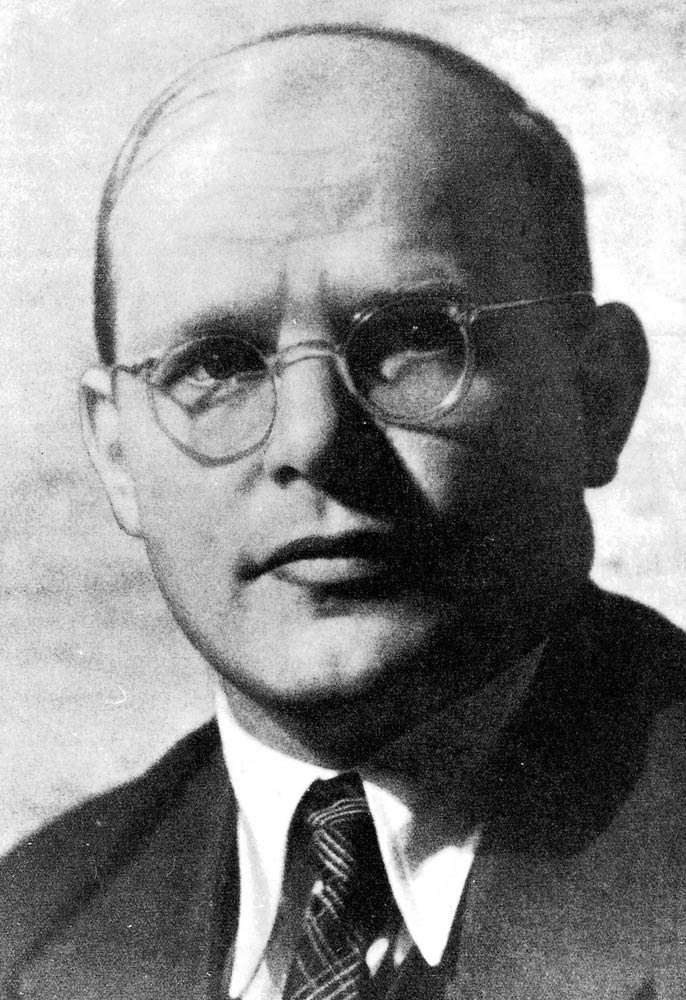
© SZ Photo / Scherl / Bridgeman Images
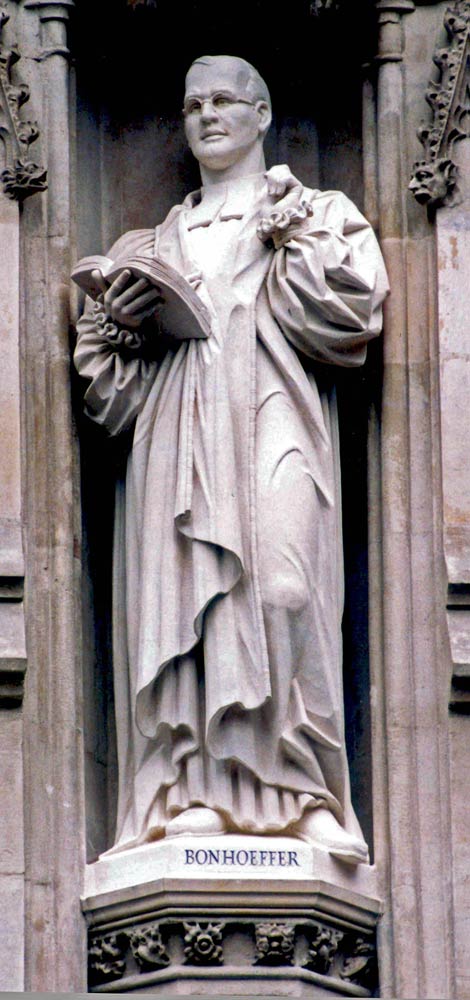
This image can be purchased from Westminster Abbey Library
Image © 2024 Dean and Chapter of Westminster
